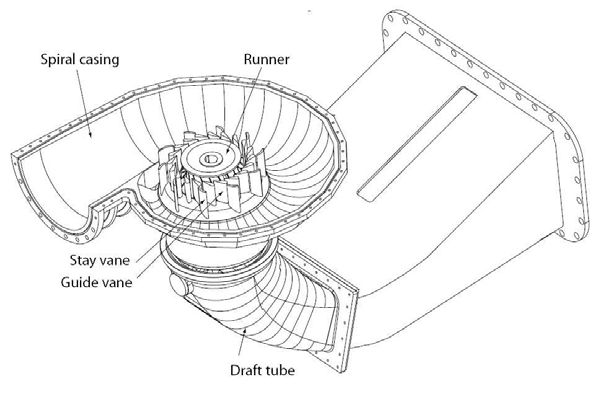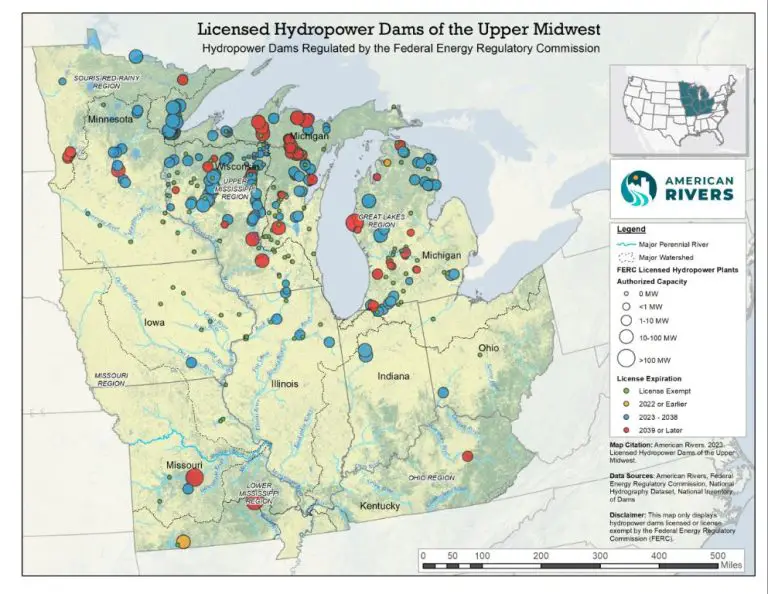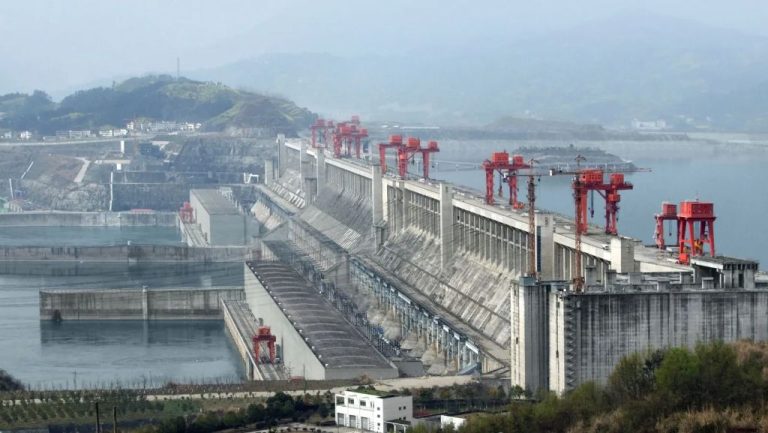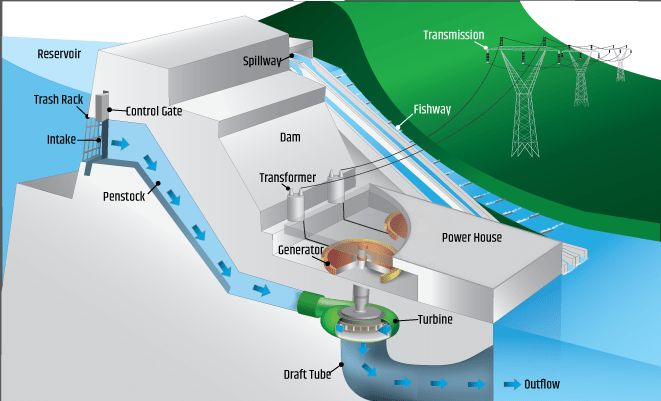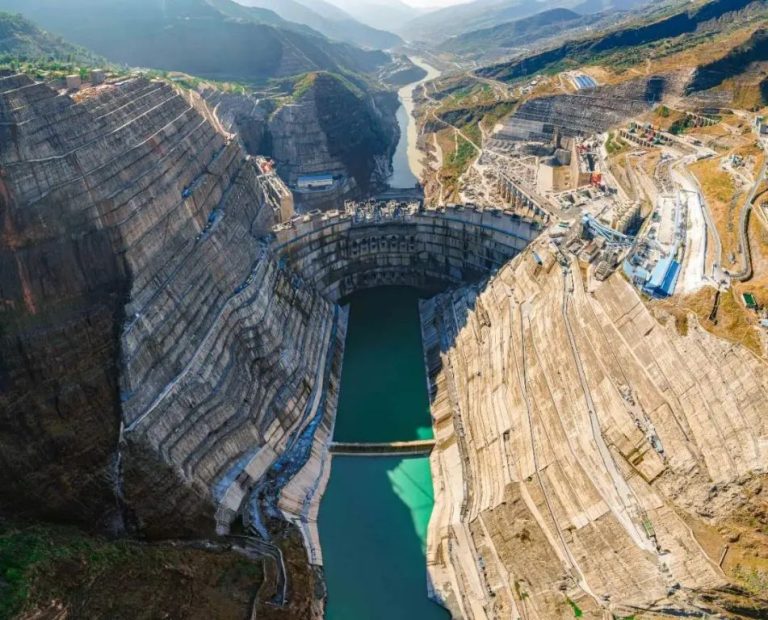Which Alternative Energy Source Is Currently The Cheapest?
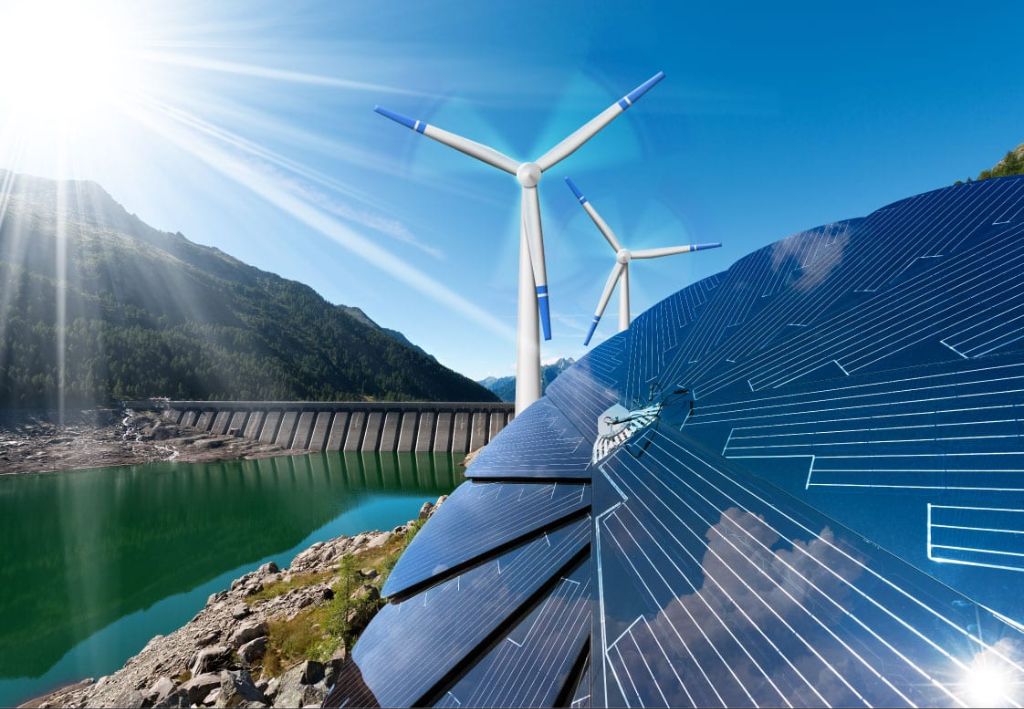
With rising energy costs and growing concern about climate change, there is increasing interest in renewable energy sources as alternatives to fossil fuels. One key question is which renewable energy technology offers the lowest cost per kilowatt-hour (kWh) of electricity generated. This analysis examines the current costs of the major renewable power generation options – solar, wind, hydropower, geothermal and biomass – to determine which is the most affordable. The evidence shows that utility-scale solar power is now the cheapest source of renewable electricity in most parts of the world. However, wind power can also be highly cost competitive in optimal locations. Overall, renewables are becoming more affordable and continuing technological improvements will further drive down costs.
Cost of Solar Power
The levelized cost of electricity (LCOE) from solar photovoltaics (PV) represents the average cost per unit of electricity generated over the lifetime of a solar project. According to the National Renewable Energy Laboratory (NREL), the LCOE of utility-scale solar PV in the United States fell from $359/MWh in 2009 to around $37/MWh in 2021, an 89% drop over 12 years.1 This dramatic reduction has made solar one of the most cost-competitive sources of new electricity generation.
The LCOE calculation factors in capital costs (modules, inverters, racking, etc.), operating and maintenance costs, financing costs, projected electricity generation, and the system’s lifetime. As solar costs have declined, the LCOE has followed. In 2022, increased raw material and shipping costs led to the first year-over-year increase in average solar LCOE since 2012, up to around $42/MWh according to PV Magazine.2 However, solar remains highly cost-competitive with fossil fuel electricity generation in many markets.
Cost of Wind Power
The levelized cost of energy (LCOE) is an economic assessment of the cost to build and operate a power generation asset over its lifetime. According to the 2021 Cost of Wind Energy Review by the National Renewable Energy Laboratory (NREL), the average LCOE of land-based wind energy projects commissioned in 2020 was $26/MWh (https://www.nrel.gov/docs/fy23osti/84774.pdf). For offshore wind, the average LCOE ranged from $83-84/MWh depending on the distance from shore and project size, based on analysis by NREL.
The LCOE for onshore wind has declined significantly over the last decade due to advancements in turbine technology, improved capacity factors, reduced operation and maintenance costs, and other innovations. According to the International Renewable Energy Agency (IRENA), the global weighted average LCOE for onshore wind fell 5% between 2021 and 2022, from $0.035/kWh to $0.033/kWh (https://www.irena.org/Publications/2023/Aug/Renewable-Power-Generation-Costs-in-2022).
Offshore wind remains more expensive than onshore but costs are coming down as the technology matures. Economies of scale from larger turbines, improvements in operation and maintenance, and lower financing costs are helping drive down offshore wind LCOE.
Cost of Hydropower
The cost of hydropower varies depending on the size and type of project, location, site layout and other factors. However, hydropower is generally considered one of the lowest cost and most economical energy sources.
According to the International Renewable Energy Agency (source), the capital costs for hydropower range from $1,000 – $3,500 per kW installed. The levelized cost of electricity (LCOE) ranges from $0.02 – $0.19 per kWh. Hydropower has one of the lowest LCOEs compared to other energy sources.
The low operating costs of hydropower plants make the LCOE very competitive. Once the plant is built, the main costs are maintenance and finance costs rather than fuel costs. This gives hydropower an economic advantage over fossil fuels and nuclear energy.
Cost of Geothermal
Geothermal energy comes from the heat within the Earth. To generate electricity from geothermal energy, wells are drilled into underground reservoirs to provide steam to turn turbines. There are two main types of geothermal power plants: hydrothermal and enhanced geothermal systems.
For hydrothermal plants, the upfront capital costs are around $2-5 million per MW of installed capacity, according to the Forbes article. This covers exploration drilling, well field development, power plant construction, and transmission lines. The levelized cost of energy (LCOE) for hydrothermal plants ranges from $0.04-0.14 per kWh.
Enhanced geothermal systems (EGS) require hydraulic fracturing to create an underground reservoir, which increases costs. EGS capital costs range from $3-5 million per MW, with an LCOE of $0.06-0.11 per kWh according to the University of Michigan factsheet. However, EGS has potential for growth as the technology matures.
For residential geothermal heating/cooling systems, the average installation cost is $20,000 according to Forbes. Annual operating costs range from $300-600 depending on climate and system size, according to Dandelion Energy.
Cost of Biomass
Biomass power plants require significant capital expenditures. According to the U.S. Department of Energy, biomass heating plants have installed costs that typically average between $3,000–$4,000 per kilowatt (kW), not including fuel storage and handling equipment. This results in a total capital cost between $150 million and $200 million for a 50 MW biomass power plant (Source).
The levelized cost of energy (LCOE) for biomass power generation ranges from $0.08 to $0.15 per kilowatt-hour (kWh) according to the Whole Building Design Guide (Source). However, this can vary based on the costs of acquiring and transporting sufficient biomass fuel to the plant. Thunder Said Energy analysis found an LCOE of $0.13/kWh for a 100 MW biomass plant operating at a 10% internal rate of return and burning wood pellets costing $150/ton (Source).
Comparative Assessment
When comparing the direct costs of various renewable energy sources on a levelized cost of electricity (LCOE) basis, recent data shows that onshore wind and utility-scale solar PV are the cheapest options. According to analysis by the International Renewable Energy Agency (IRENA), the global weighted-average LCOE for newly commissioned onshore wind power plants in 2022 was estimated at $0.05/kWh, while the LCOE for utility-scale solar PV was $0.057/kWh (source). This makes onshore wind and solar PV up to 50% cheaper than new fossil fuel power plants.
Other renewable sources have higher LCOEs but are still competitive with fossil fuels. Hydropower comes in at $0.058/kWh, while geothermal is around $0.078/kWh. Biomass projects range from $0.078-0.182/kWh depending on the technology used. In comparison, the estimated LCOE for a new natural gas power plant in 2022 was $0.140/kWh (source). So while not as cheap as wind and solar, other renewables can still produce power at lower costs than building new gas or coal plants.
Looking ahead, projections show the cost gap widening further. Solar and wind costs are expected to continue falling, while fossil fuel costs will remain volatile. This makes the economic case for renewables over new fossil fuel power even stronger moving forward.
Future Cost Projections
According to the International Renewable Energy Agency (IRENA), the costs of renewable energy technologies are expected to continue falling going forward. For solar PV, costs are projected to decrease by 15-35% by 2025 compared to 2020 levels as technology continues to improve and economies of scale are achieved (IRENA, 2022). Onshore and offshore wind are also expected to see further reductions of 10-20% by 2025 (IEA, 2023).
Hydropower, geothermal, and biomass costs are expected to remain relatively steady, as their costs are more tied to project site characteristics. However, incremental improvements through technology gains may lower their costs slightly (IRENA, 2022).
Overall, the most substantial cost reductions going forward are projected for solar PV, onshore wind, and offshore wind. This is attributed to their technology maturity as well as economies of scale as global installed capacity continues expanding rapidly.
Other Considerations
While cost is a major factor in determining the viability of renewable energy sources, there are other important considerations as well. These include:
Storage – Many renewable energy sources like solar and wind are intermittent, so adequate storage technology is needed to capture and retain the energy for later use. Developing cost-effective utility-scale storage continues to be a challenge.
Transmission – Renewable energy production is often located far from population centers that require the electricity. Building out transmission infrastructure to get the power to where it’s needed is expensive.
Environmental impact – While renewable energy has clear environmental benefits over fossil fuels, there can still be negative ecosystem impacts from hydro, wind, solar and geothermal projects that need to be managed.
These factors add complexity and costs beyond just energy production costs. They are important considerations for determining the overall viability and competitiveness of renewable energy sources.
Conclusion
As the analysis throughout this article has shown, solar power is currently the cheapest form of alternative energy. Based on levelized costs in 2020, utility-scale solar PV and onshore wind are the two least expensive sources of energy in most regions, with utility-scale solar PV being the clear winner at $36-$44 per MWh versus $28-$54 per MWh for onshore wind. By comparison, hydropower costs around $30-$92 per MWh, geothermal costs $76-$144 per MWh, and biomass costs $46-$114 per MWh depending on the technology used.
Furthermore, the costs for solar power are projected to continue declining, while the costs for most other alternative energy sources are expected to remain steady or even increase slightly over the next decade. This is due to the continued advances in solar panel efficiency and scaling of production. Therefore, the analysis indicates that solar power will solidify its position as the most cost-effective renewable energy source going forward.
While costs are a critical factor in choosing between energy sources, there are other important considerations as well such as capacity factor, environmental impact, and location constraints. However, when it comes to which alternative energy is currently the cheapest, the data clearly shows that solar PV is the most economical option in most areas based on recent average costs.

